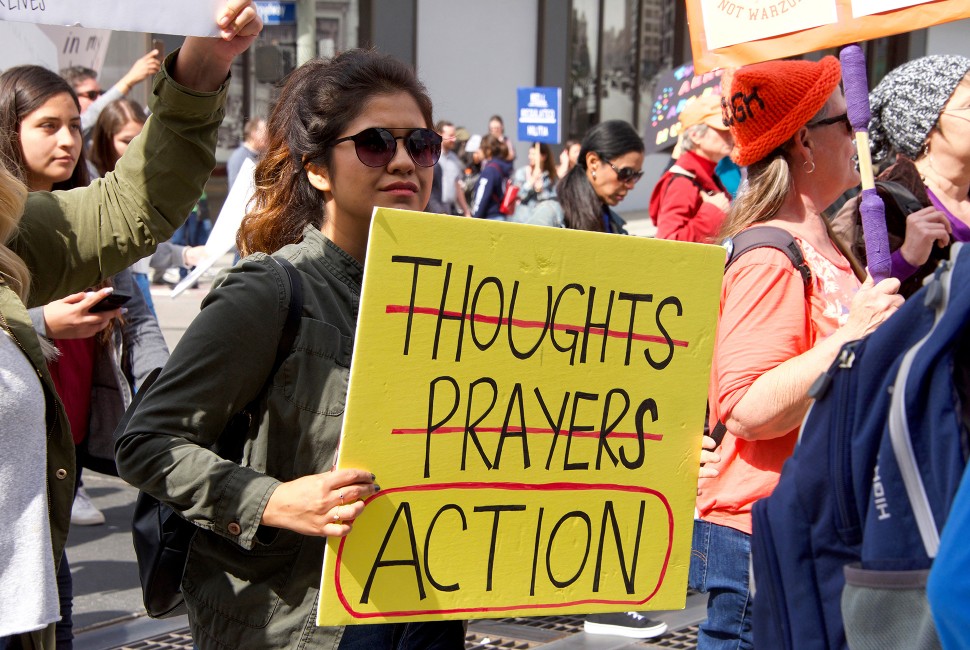Gun-related deaths are at a record high, according to a recent report by the Center for Disease Control and Prevention (CDC), rising 35 percent during the first year of the pandemic. Northwestern researcher Linda Teplin, who has been studying the juvenile justice population for more than 25 years, understands youth from low-income neighborhoods are especially vulnerable.
Teplin is the Owen L. Coon Professor of psychiatry and behavioral sciences at Northwestern’s Feinberg School of Medicine and principal investigator of the groundbreaking Northwestern Juvenile Project. Her primary research collaborators include Leah J. Welty and Karen M. Abram of Feinberg.
From the detention centers and jails and back out again in Chicago’s neighborhoods, Teplin’s research team has conducted approximately 18,000 interviews with a cohort of 1,829 formerly incarcerated youth, sampled in the late 90s, to track their mental health and life outcomes.
Study researchers found the likelihood of injury or death by firearm was extremely high for study participants. Graduate student Nanzi Zheng, part of the research team, found that 12 years after the study began, 15% of all study participants had been injured or died from firearm violence; and 16 years later, 23% had been injured or died from firearm violence. Among Black and Hispanic/Latinx males, 27% were injured or died due to firearm violence 16 years after the study began.
The CDC is currently funding several projects aimed at addressing the gun violence epidemic, including a project to distribute free lockboxes, something Teplin has long advocated for.
Teplin’s research underscores the importance of early crime intervention strategies including access to mental health services to circumvent juvenile detention and the downward spiral to poor life outcomes that follows.
On an average day, 37,000 to 38,000 young people reside in juvenile detention. Among poor Black inner-city males, one in four are arrested one or more times before they turn 18, making it an almost normative experience that is too often the start of a dire outcome.
“We think we know a lot about kids in the juvenile justice system,” said Teplin at the annual meeting of the American Association for the 2022 Advancement of Science (AAAS) earlier this year. “But when you look closely at previous studies, the focus is mainly on recidivism. So, we’ve had little information on mental health needs and long-term outcomes.”
The Northwestern Juvenile Project was created to fill the gap in research on the mental health needs and outcomes of youth after they have entered the juvenile justice system.
Teplin organized an AAAS panel event entitled “How Have Studies of Crime Impacted Criminal Justice Policy and Racial Inequality?” during which Teplin discussed how the findings of the Northwestern Juvenile Project have guided the development of new policies.
Among the study’s impacts are new policies to treat youth in the juvenile justice system who have psychiatric disorders.
“We found that two-thirds of boys and nearly three-quarters of girls had psychiatric disorders when they arrived in detention," Teplin said.



